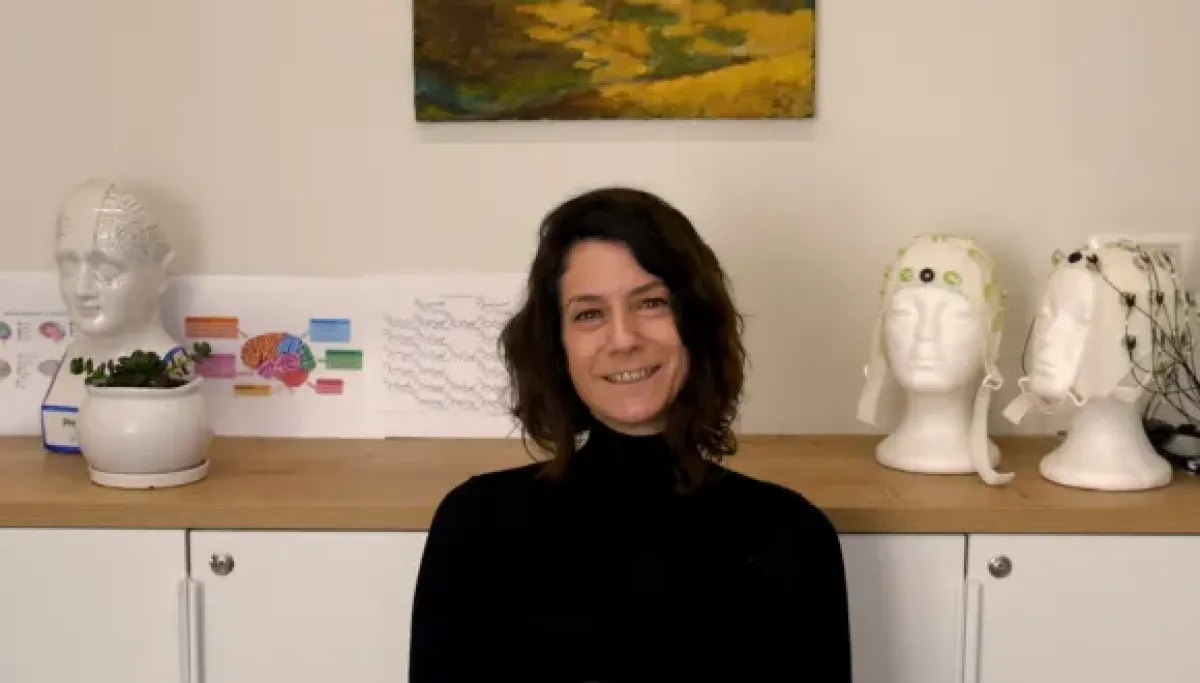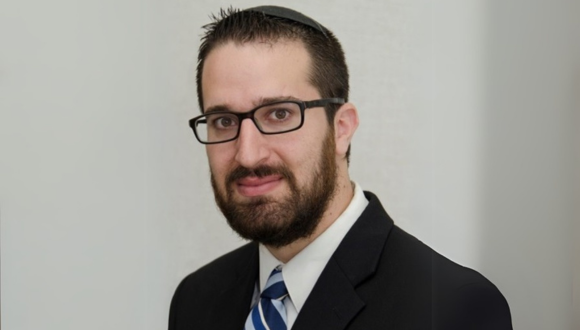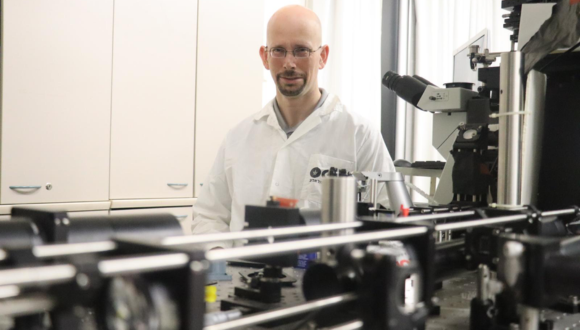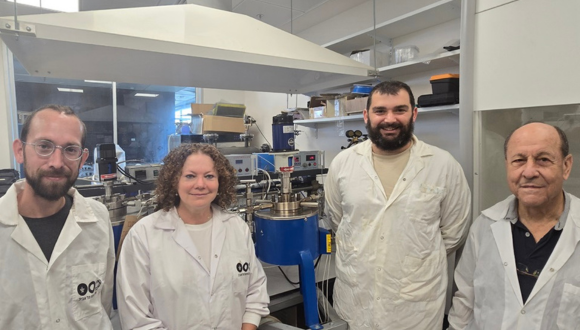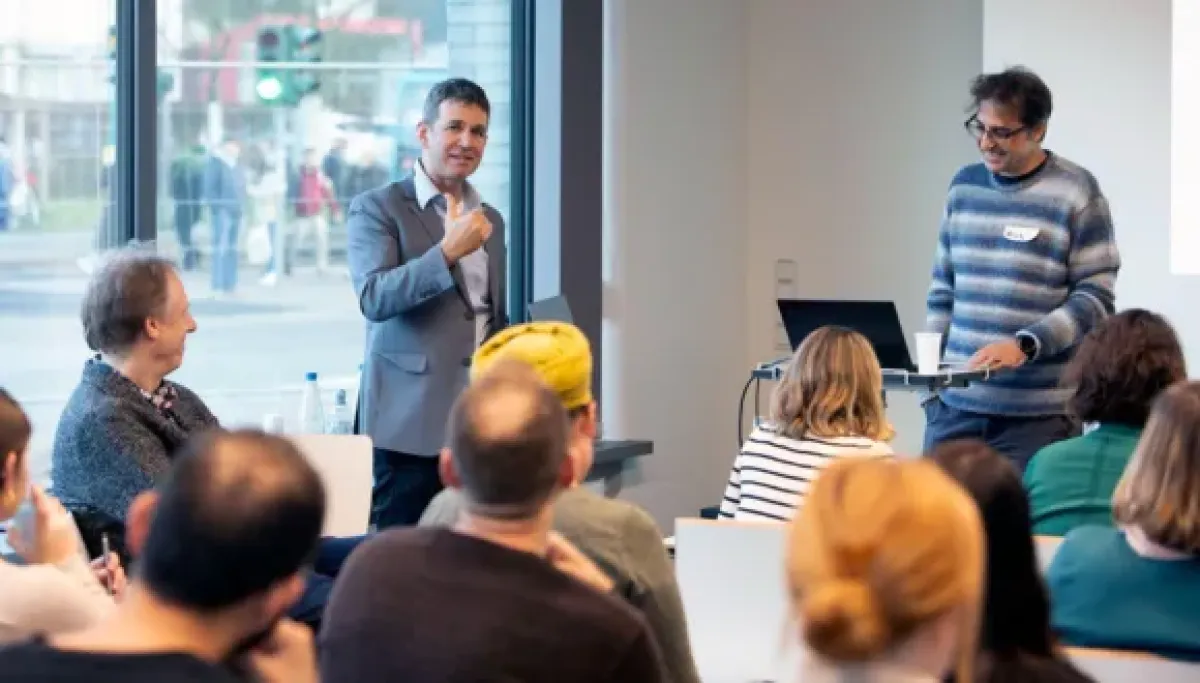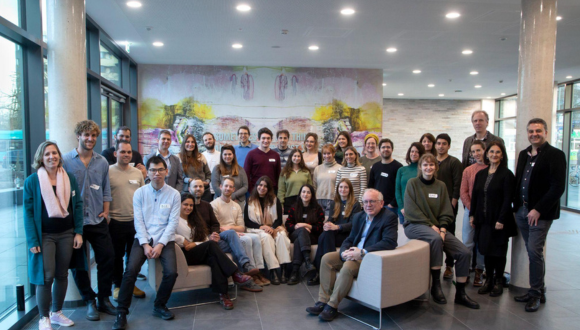“The Complexity of the Human Brain Is What Drives People to Study Neuroscience”
Tel Aviv University’s research-intensive MSc is at the forefront of discovery
If you are eager to understand the most complex machine imaginable—the human brain—Tel Aviv University’s MSc in Neuroscience offers a rigorous, research-driven program at the intersection of biology, psychology, medicine, engineering, computation, and many other fields. Designed for ambitious students ready to tackle some of neuroscience’s biggest questions, this program provides unrivaled opportunities for interdisciplinary research. Applications are open until March 20, 2025.
Prof. Aya Meltzer-Asscher, a neurolinguist and a psycholinguist, and the Head of the Sagol School of Neuroscience, explains what makes neuroscience an exciting field of study.
“Our students do research from their first day at TAU—they get to work in the best labs and are exposed to some of the most cutting-edge research.”
Why Neuroscience Matters More Than Ever: Aging, AI, and the Mysteries of Cognition
According to Prof Meltzer-Asscher, new medical challenges people face with the growing life expectancy and the AI revolution are among the key drivers of modern neuroscience.
“The children born today are expected to live beyond 120 years, meaning that people could live with Alzheimer’s or Parkinson’s for 50 years instead of 10, so understanding and addressing neurodegenerative diseases is critical.”
The use of AI can help achieve significant progress in early-stage diagnostics. For instance, special AI tools can analyze video footage from a patient’s home for early-stage Parkinson’s detection. Such technology is already being developed at one of the TAU labs at Ichilov hospital. For Alzheimer’s diagnostics, TAU researchers are working on identifying early biomarkers in blood samples.
“Since we know that the brain starts changing decades before cognitive decline becomes noticeable, having the diagnostic tools will be a game-changer.”
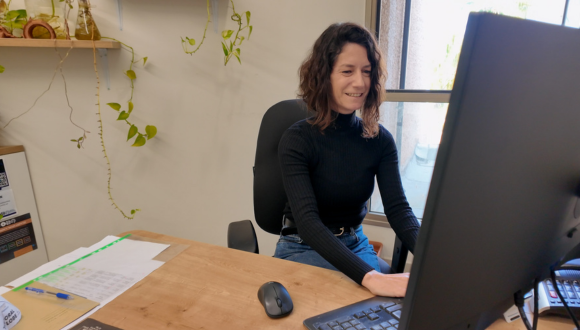
Prof. Aya Meltzer-Asscher
Another fascinating intersection is between neuroscience and the arts. Examples of such research include studying how different filming techniques influence audience perception or the ways VR and neurofeedback can help individuals regulate stress.
And then there is one of the biggest unanswered questions of how cognition—memory, emotions, and consciousness—is implemented at the cellular level.
Prof. Meltzer-Asscher’s research aims to reveal the neural and cognitive mechanisms behind our ability to speak and understand language. “What seems so effortless and trivial is arguably the most complex cognitive mechanism humans have!” she comments.
Choose Your Research Path, Piece by Piece
While all students are required to complete several core courses, the majority of the curriculum is built from a vast pool of elective courses. Starting in 2025, the MSc in Neuroscience will offer three distinct study tracks, enabling graduate students to tailor their study path at the Sagol School of Neuroscience.
- Molecular, Cellular & Systems Neurobiology track focuses on researching the fundamental building blocks of the brain in health and disease with the use of optogenetics, calcium imaging, electrophysiology, and other molecular biology tools.
- In the Cognitive Neuroscience track graduate students explore how memory, emotions, attention, language and other cognitive processes work and how they can be impaired due to developmental or acquired causes.
- Neural Computation & Brain Modeling track involves using deep learning and AI tools for computational modeling of brain structure and functioning.

Notably, students in each track can take electives from other tracks, allowing them to build a personalized curriculum that best aligns with their research interests.
From Lab Work to Career Success in Neuroscience
MSc in Neuroscience is defined by its flexibility and breadth, offering students a wide array of opportunities. With around 150 researchers spanning all nine faculties at TAU, the Sagol School of Neuroscience provides unmatched options for selecting a research lab and supervisor.
“The diversity and interdisciplinarity of the school give our students a broad understanding of all the different worlds that are part of neuroscience—this is something that will serve them well into the future.”
The school also maintains strong clinical collaborations, partnering with leading institutions such as Ichilov and Tel HaShomer hospitals, as well as research centers specializing in music therapy, psychedelic medicine, sleep studies, and more.
This ensures that every graduate student can find the perfect fit at the School—whether it’s studying the molecular mechanisms of Alzheimer’s, understanding the role of cognitive biases in anxiety disorder, developing new spectroscopy methods, working in neuro-marketing, studying cerebral palsy, or pursuing any other exciting and promising research avenue.
“The program definitely gives the necessary knowledge and skills to make the choice that suits you best by the end of your studies.”—Nivedha Mohan Raj, a program graduate and doctoral student in neuroscience.

Nivedha Mohan Raj, MSc Neuroscience alum’24
“After graduation, it is certainly possible to stay in academia with many postdoctoral positions, but a lot of alumni also choose to work in the industry.”
Read more about student experiences here
An extensive alumni network is another major strength of the program—its graduates go on to work in international high-tech or biotech companies, open their startups, or continue research in top universities worldwide. The strong connections students build during their studies provide valuable career opportunities in neuroscience, whether in academia, industry, or innovation-driven fields.
 Who Is the Program for
Who Is the Program for
MSc in Neuroscience invites applications from students with strong scientific backgrounds and high academic achievements who are ready to commit to rigorous research and study.
“The program is intensive, and our students benefit from a full-tuition exemption and an enhanced living scholarship. This way, they can concentrate on their research and studies.”
Ready to Learn More?
Read more and apply now to shape the future of neuroscience.
Contact program coordinator Orly Segev for more information on the program and the application process at [email protected]

